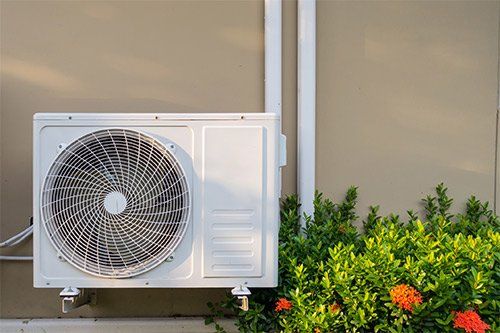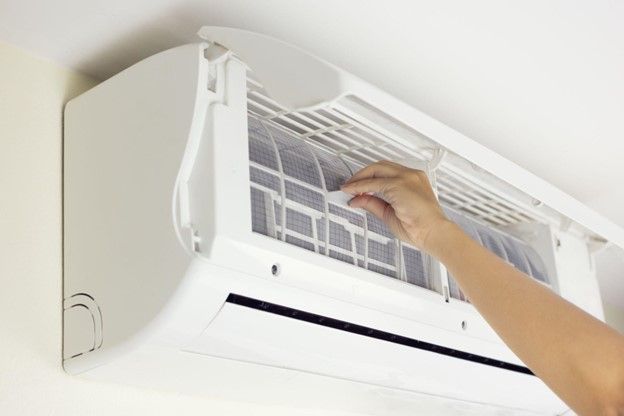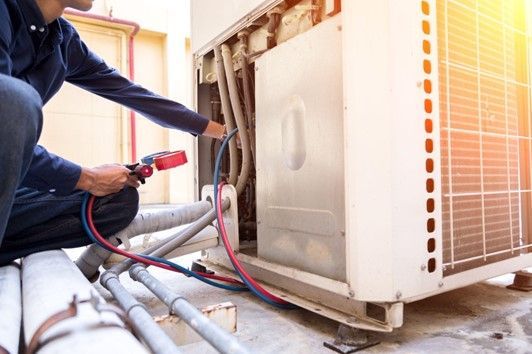Home-Improvement and Maintenance Strategies to Prevent HVAC Pest Problems

If you've had a pest incursion in the past, whether it was a termite problem or a nest of rodents, you probably want to make sure you never have that experience again. And pests in your HVAC system can be especially problematic because they can considerably reduce indoor air quality and can easily access any part of your home through the ducts.
In addition to monitoring for pests and avoiding situations that will attract them (such as leaving pet food out on your porch), you can take several steps to reduce your chances of future infestations. Here are some home-improvement and maintenance strategies you can use.
1. Install Fine Wire Mesh
Any ventilation access areas can allow pests access if not protected. Some vents are only protected by a slatted vent cover, which may exclude larger pests but won't exclude insects. Termites can make their way into homes via this route.
Look for a wire mesh that has very small holes. For additional protection, you can place mesh screens behind the intake and outflow vents within your home as well. After all, if your home does pick up a few pests, keeping them from accessing your ventilation system could slow their progress through your home and make them easier to eliminate.
2. Reduce Duct Air Leaks
Your home's building envelope is the structure that stands between you and the outside air. Any cracks, chinks, or gaps around doors and windows, for example, can let both air and pests in and out. Similarly, leaks in the ductwork could allow pests to get into the air system from under your house, for example.
Typical homes have quite a few duct leaks, so having a professional duct sealing could actually help you save quite a bit of energy as well as helping to keep pests from getting into your home through the ducts.
3. Eliminate Moisture Problems
Common sources of moisture for pests include sweating pipes, damp attics or basements, dripping faucets, and slow plumbing leaks. Fixing up any of these problems that your home may have will help you avoid offering a welcoming environment to pests. An AC unit could develop moisture problems if the condensate drain has a clog, so keep an eye on that as well.
Another possible cause of moisture within the AC system itself is clogged air filters. The lower levels of airflow from old clogged air filters mean that moisture can build up inside ducts. Then, the moisture often condenses onto the cold metal of the duct walls, providing a moisture source for pests inside the ducts themselves.
A moisture problem can also spread through nearby building materials, causing nearby wooden components to become soft and promoting rot, mildew, and mold. Some pests love to live in moist and rotting wood, such as termites and earwigs, so this can be an additional attraction for pests.
4. Clean and Inspect Ducts
When you seal up your ducts and put mesh screens on the openings into your home, you'll want to make sure you don't seal any pests inside. Mice, rats, and other rodents can easily chew their way through plastic ducts, so if you seal them in, they could simply cause more damage. Make sure to do a cleaning and inspection too.
Regular inspections to ensure no incipient intrusions can also be helpful, especially if you have a lot of rodent problems in your area or if you have a lot of ductwork that is susceptible to chewing.
These four strategies can help you strategically direct your home-improvement and maintenance strategies towards avoiding pests in your HVAC system. For more advice on AC care or to schedule a professional maintenance visit for duct cleaning or inspection, give C. J. Services, Inc., a call now.



